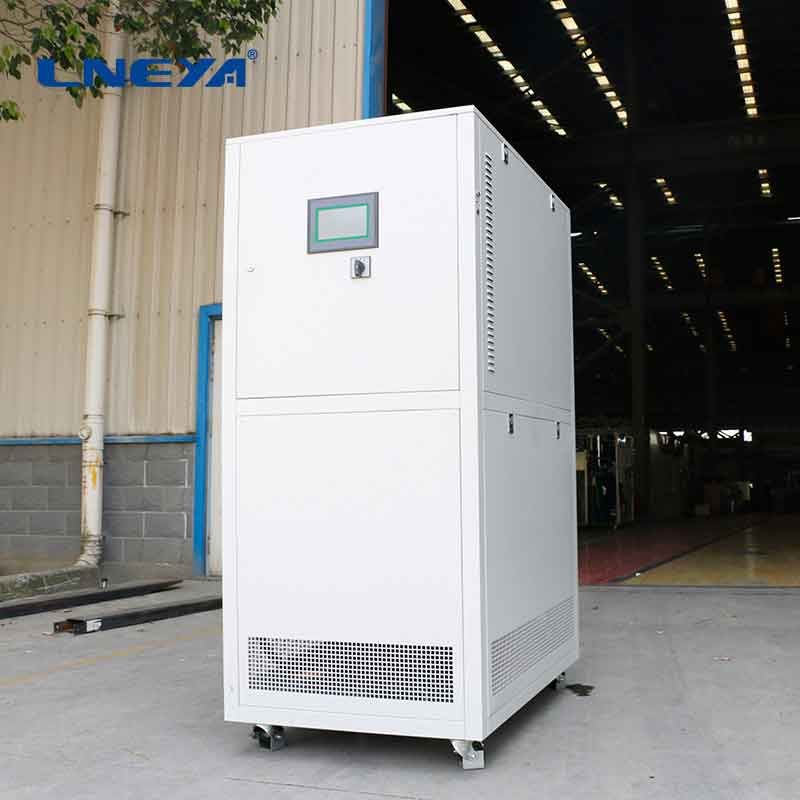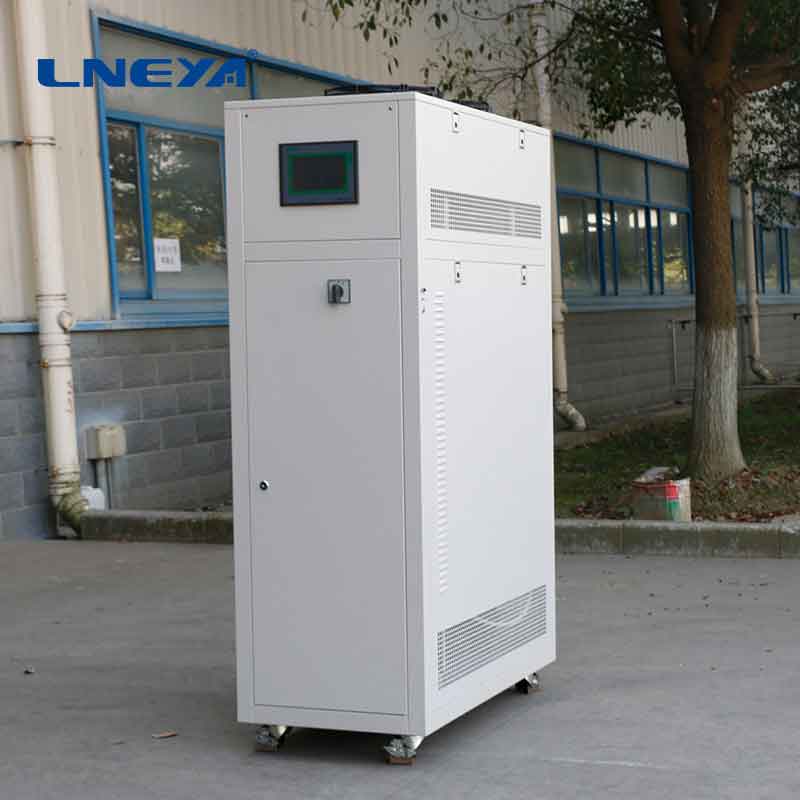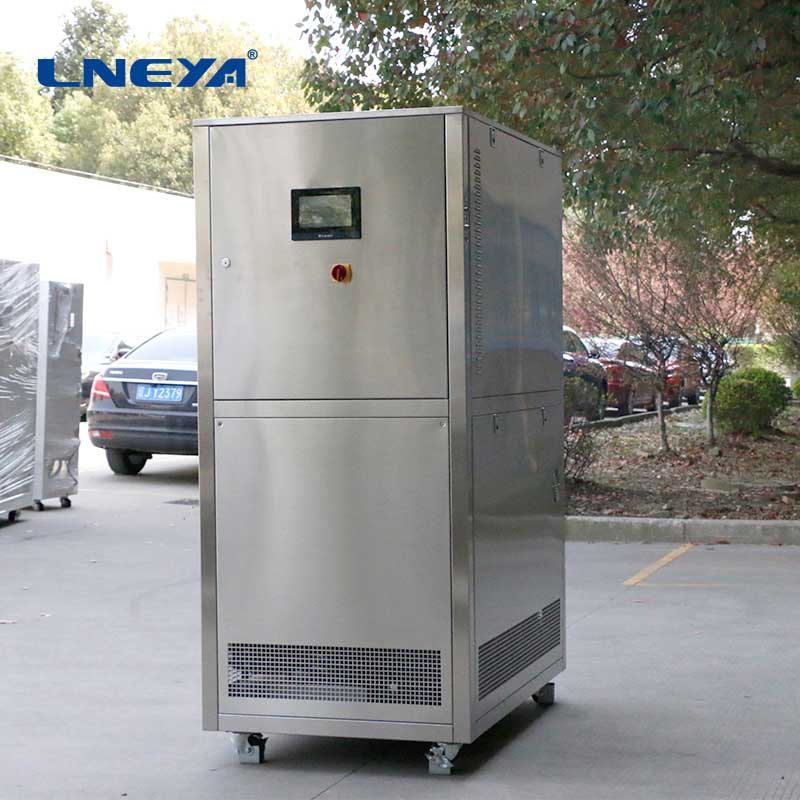process cooling water system
Process cooling water systems are an essential part of many industrial operations, where temperature control is critical for the efficiency and safety of equipment, as well as the quality of products. These systems work on the principle of using water as a coolant, circulating it through heat exchangers to absorb and remove excess heat generated during various processes.

Principles of Operation:
The basic principle behind process cooling water systems is the transfer of heat from the process fluid to the cooling water, maintaining the process fluid within the desired temperature range. This is achieved by circulating water through a heat exchanger, where it absorbs heat from the process fluid and then dissipates this heat to the atmosphere or to a secondary cooling medium.
Components of Process Cooling Water Systems:
The main components of a process cooling water system include:
Cooling Tower: This is where the majority of the heat rejection occurs. Cooling towers use atmospheric air to cool the water, either through evaporative cooling or dry cooling methods.
Pumps: Pumps are used to circulate water through the system, maintaining the necessary flow rate to absorb and remove heat.

Heat Exchangers: These are used to transfer heat from the process fluid to the cooling water, reducing the process fluid temperature.
Pipework and Valves: A network of pipes and valves is used to direct the flow of water throughout the system.
Controllers and Instruments: These monitor and control the temperature and flow of the cooling water, ensuring optimal performance.
Applications of Process Cooling Water Systems:
Process cooling water systems are used in a variety of industries and applications, including:
Manufacturing: In various manufacturing processes, such as plastic injection molding and metalworking, where machines and processes generate heat that needs to be controlled.
Chemical Processing: In chemical reactions, where temperature control is critical for reaction rates and product quality.
Food and Beverage Production: For processes like pasteurization, fermentation, and freezing, where consistent temperatures are essential for food safety and quality.
Power Generation: In power plants, particularly in cooling the condensers used in steam turbine cycles.
Considerations for Process Cooling Water Systems:
When designing and maintaining process cooling water systems, several factors must be considered:

Corrosion: Water can be corrosive to metal components, so materials resistant to corrosion, such as stainless steel or specialized alloys, may be used.
Scale Formation: Minerals in the water can lead to scale formation, which reduces heat transfer efficiency. Water treatment programs are often implemented to prevent scaling.
Microbiological Growth: Bacteria, algae, and fungi can grow in cooling water systems, leading to fouling and other issues. Regular cleaning and the use of biocides may be necessary.
Energy Efficiency: The efficiency of the cooling system directly impacts energy consumption. Modern systems use variable speed drives on pumps and fans, as well as other energy-saving technologies.
Environmental Impact: The use of water in cooling systems must be balanced with environmental considerations, such as water conservation and the discharge of heated water into waterways.
Conclusion:
Process cooling water systems are critical components of many industrial operations. They ensure that processes run efficiently and equipment operates within safe temperature ranges. As industries continue to evolve, the design and operation of these systems must keep pace with new challenges, such as environmental regulations and the need for greater energy efficiency. By understanding the principles of operation and the factors that affect performance, engineers and operators can optimize their process cooling water systems for maximum efficiency and reliability.
Related recommendations
chiller temp
317Chiller Temp: The Complete Guide to Temperature Management in Chiller SystemsProper temperature control is fundamental to chiller performance, energy efficiency, and equipment longevity. This comp...
View detailschiller heating system
780A chiller heating system is an integral component of many Heating, Ventilation, and Air Conditioning (HVAC) systems, designed to maintain comfortable temperatures in both commercial and industrial...
View detailsindustrial heating
567Industrial Heating: A Comprehensive Overview Introduction to Industrial HeatingIndustrial heating refers to the application of thermal energy in the production, treatment, or alteration of manu...
View detailscooling and heating equipment
214Key Types of Cooling and Heating Equipment:HVAC Systems: Centralized units for air conditioning and heating. Heat Pumps: Provide both cooling and heating through refrigerant cycles. Chillers...
View details
 LNEYA Chiller
LNEYA Chiller





HelloPlease log in